In the summer of 2020 I constructed a 120-ft long stream with a small terminal pond for general enjoyment but primarily for attracting wildlife of all kinds, especially dragonflies. Design and construction of this stream is described here. The stream and pond system were full of water and fully functioning on August 6, 2020. In the remainder of this post I describe my observations of wildlife within and near the stream and pond through the end of 2020. My first observation began the day after the water was turned on….
AUGUST 7: I found a Northern Pacific Treefrog in the streamside cobble, a bumblebee drinking from an area of saturated sand, and two skippers (quick little butterflies in the family Hesperiidae) flitting around and landing on streamside cobbles.
AUGUST 8: A Mourning Dove landed on a boulder in the stream. My wife saw two dragonflies flying above the stream when I wasn’t there to see.
AUGUST 9: I saw 2 Black Saddlebags (Tramea lacerata), 2 Flame Skimmers (Libellula saturata), and a darner (dragonfly in the family Aeshnidae) flying over the stream. Skippers were seen again today, but also bees and yellow-jackets.
AUGUST 10: A Flame Skimmer was seen again.
AUGUST 11: Three Lesser Goldfinches were drinking from the stream. A Western Tanager hopped on the rocks. A Purple Finch was drinking and bathing. A Eurasian Collared-Dove was seen drinking. A Chipping Sparrow was bathing and poking around. An Anna’s Hummingbird was dipping in the stream mid-flight. A Black-headed Grosbeak was visiting and bathing in the stream. House Sparrows and House Finches were bathing too.
AUGUST 12: A Western Fence Lizard, juvenile, was observed among streamside cobble.
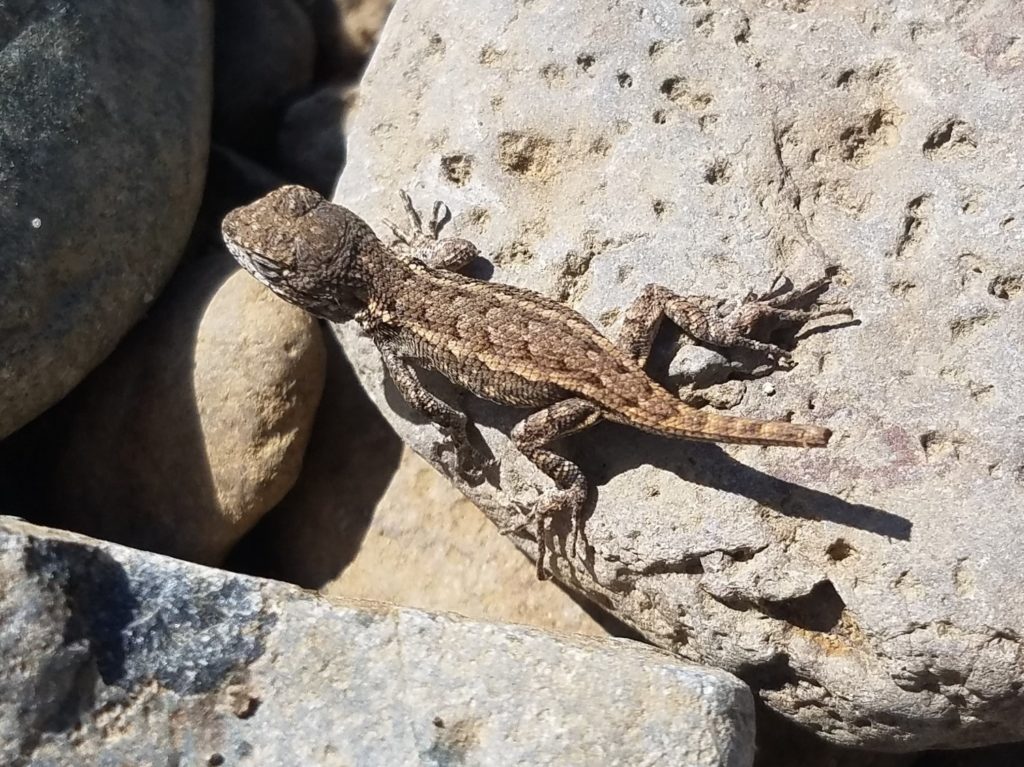
AUGUST 13: Tiny mosquito larvae were observed wriggling in the pond. A small backswimmer was seen in the pond. Some greenish algae became apparent in shallow, warm parts of the stream.
AUGUST 14: A larger backswimmer was seen in the pond. A diving beetle was observed swimming in the pond. A Cardinal Meadowhawk (Sympetrum illotum) was found dead floating in the pond. At dusk a large bat was drinking from the pond in mid-flight, just dipping its lower jaw into the water.

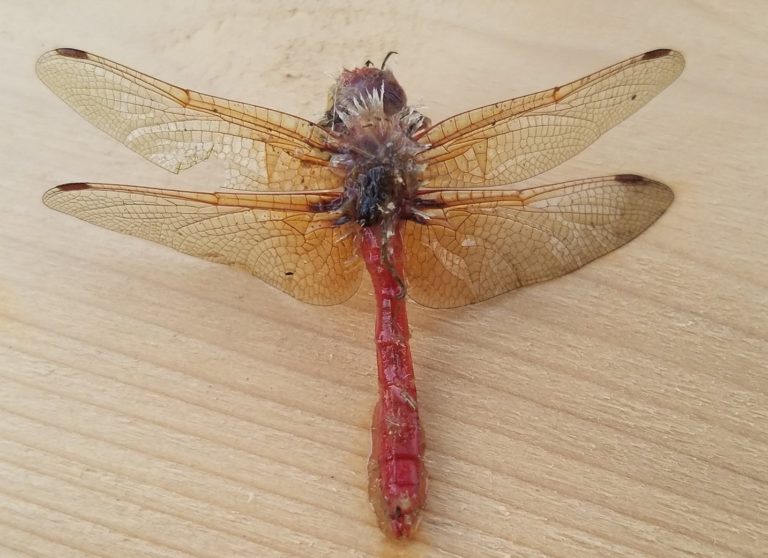
AUGUST 15: Blue-eyed Darner, Flame Skimmer, and Cardinal Meadowhawk were observed flying over the stream.
AUGUST 16: A Darner was zipping up an down the stream. Another Western Fence Lizard was seen in streamside cobble. Today I placed some aquatic plants obtained from the South Umpqua River: Potamogeton sp., Elodea sp., Persicaria sp.
AUGUST 17: I noticed a type of insect larvae (Chironomid?) on underwater rocks within riffles. A female Blue-eyed Darner was observed ovipositing in leaf petioles of the Potamogeton I put in the pond only the day before! Male Western Forktail (Ischnura perparva) perched on rock in the stream. Water striders were noticed on the stream and pond surface and have probably have been here for a few days.
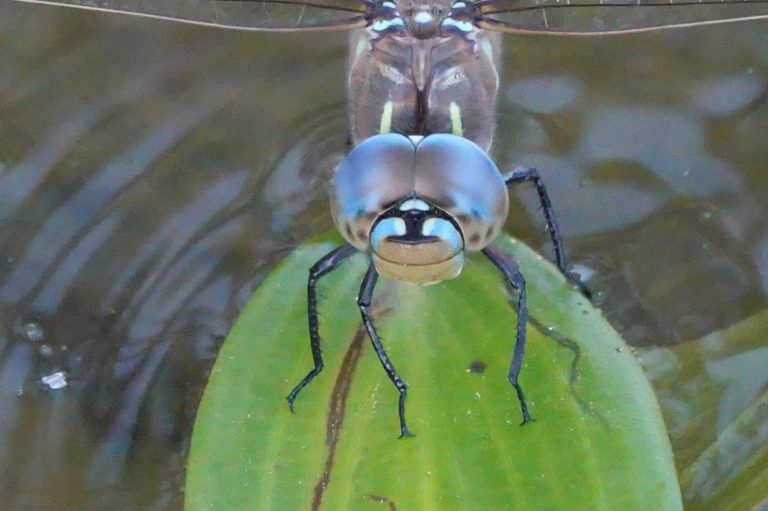
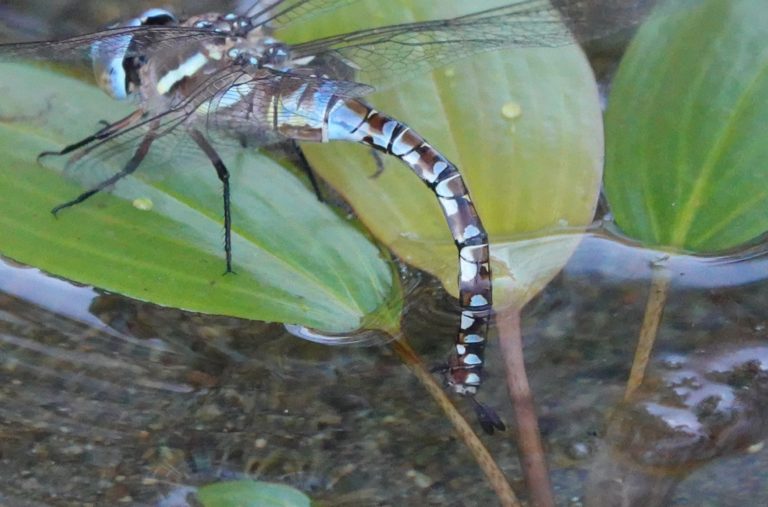
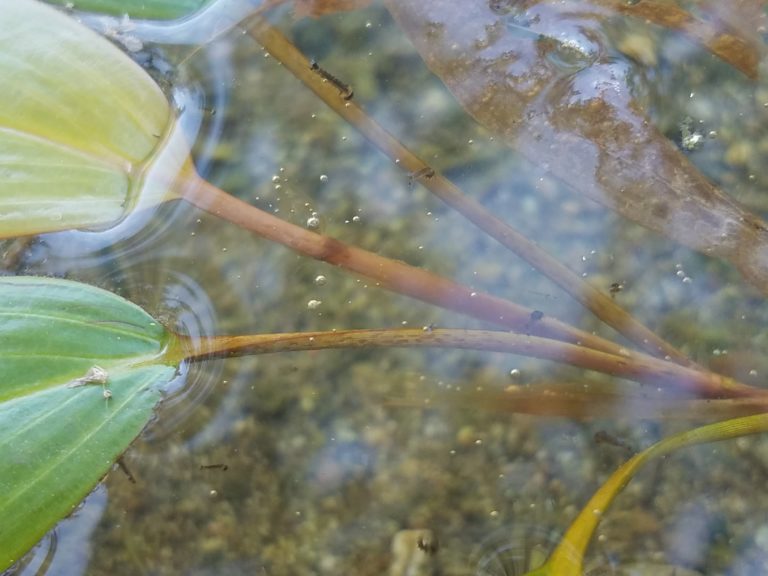
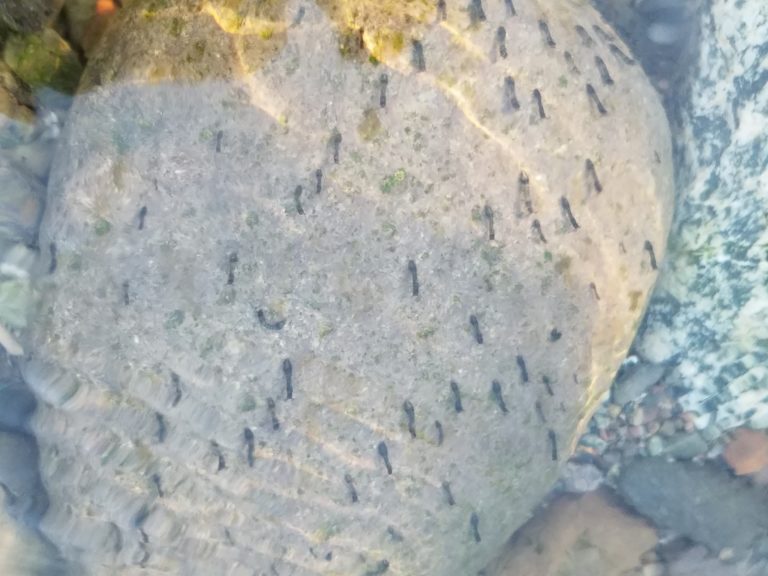
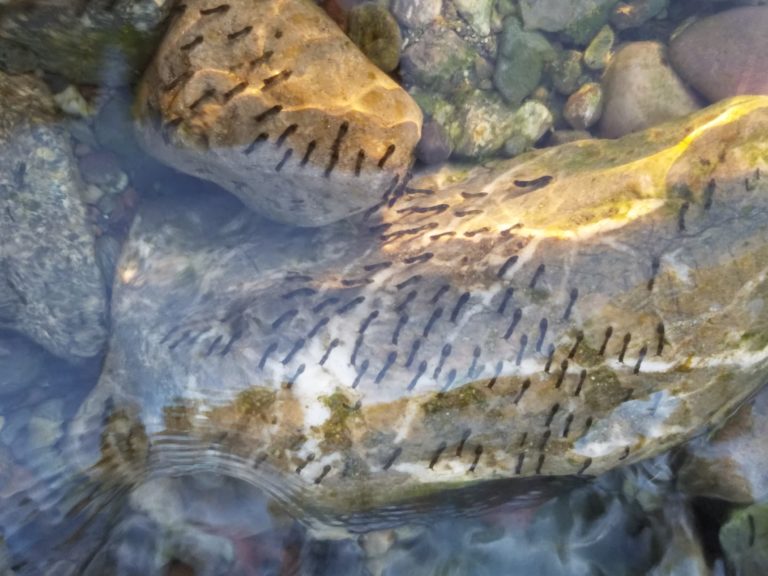
Following is a video of the female Blue-eyed Darner ovipositing in the petiole of the Potamogeton leaf. Look closely to see her thrust her ovipositor into the leave petiole to lay eggs.
The variety of visitors continued to expand, with more dragonflies, as well as some mammals and birds.
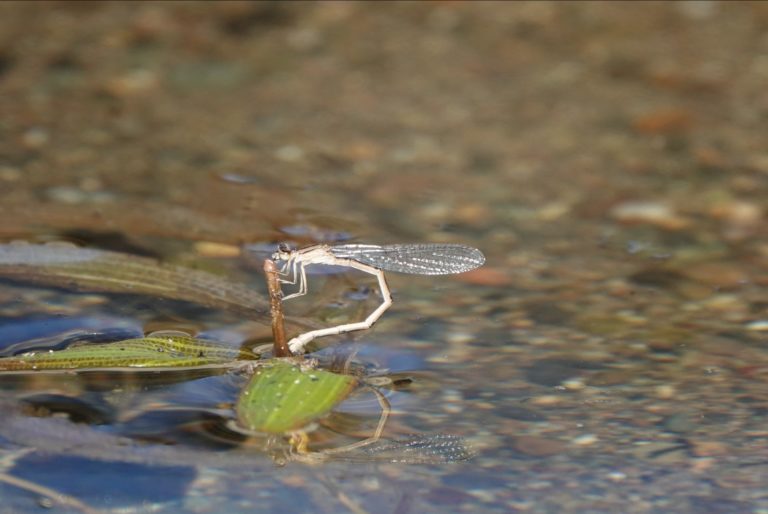
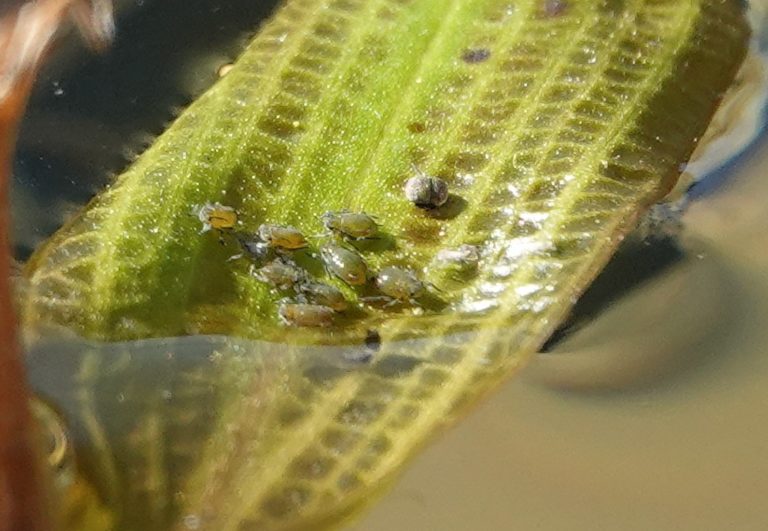

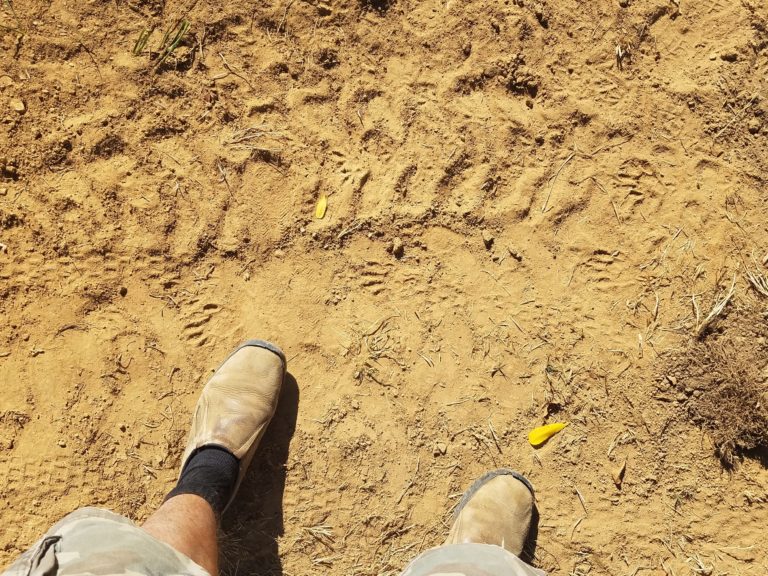
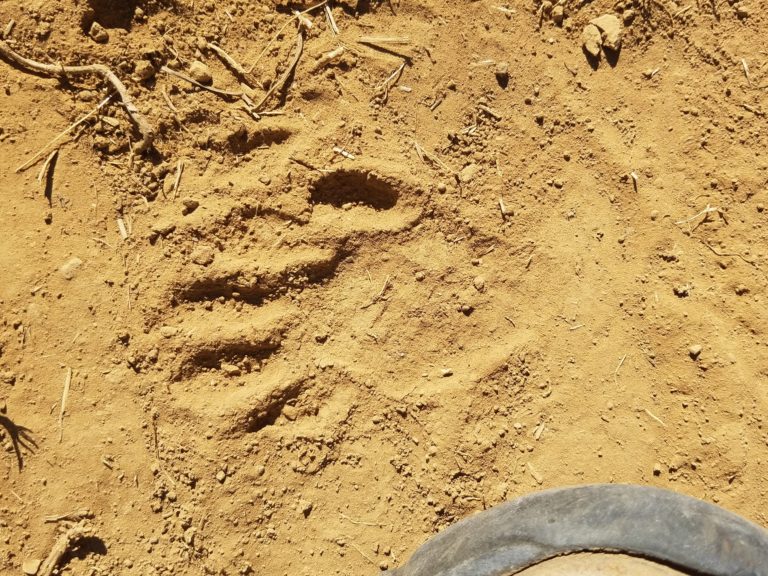
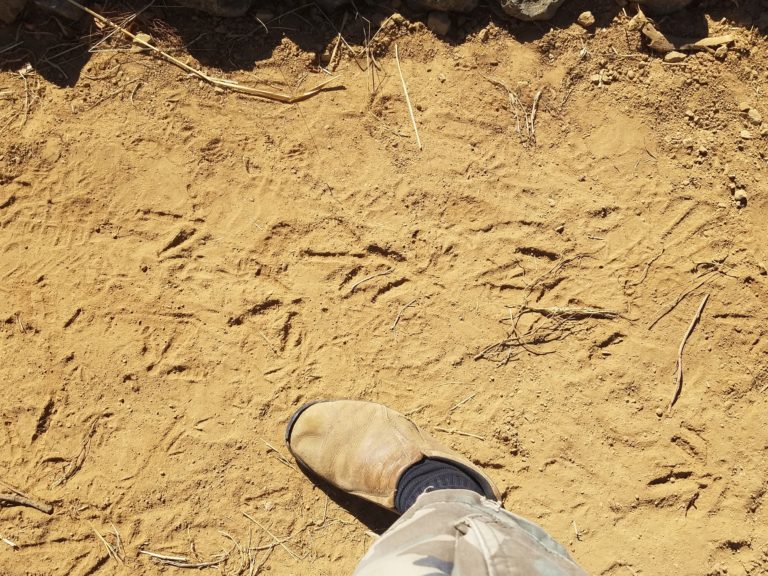
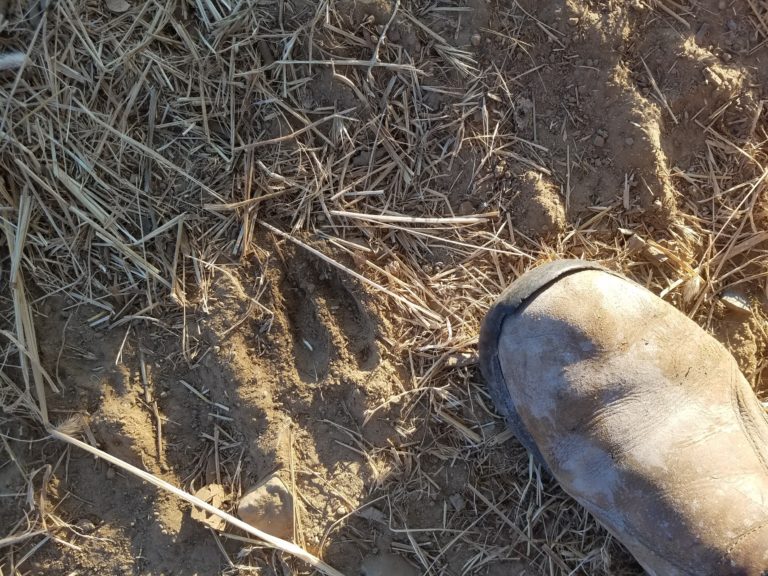
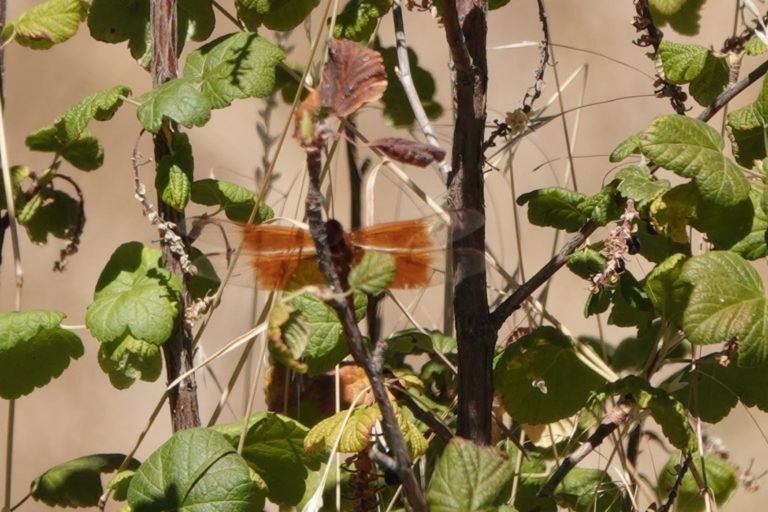
Many types of wildlife continued to find and utilize the stream. I’ve grouped them by birds photographed, birds and mammals caught on trail cams, and odonate surprises.

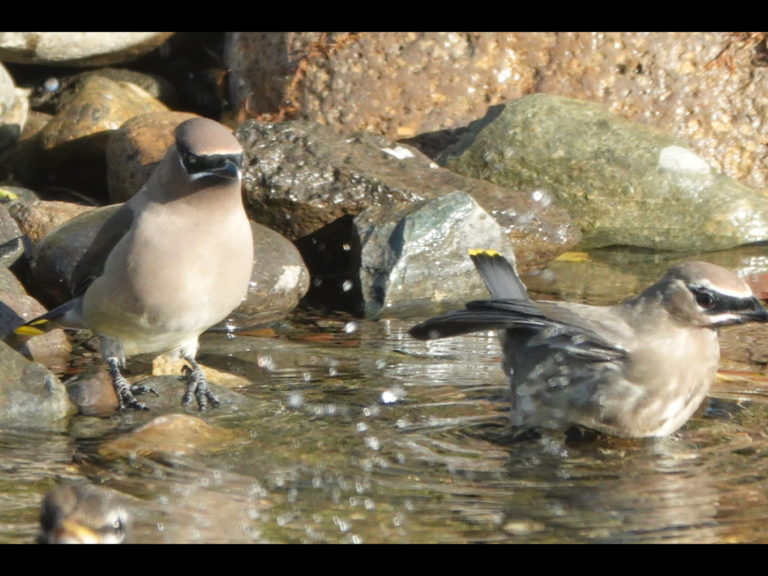
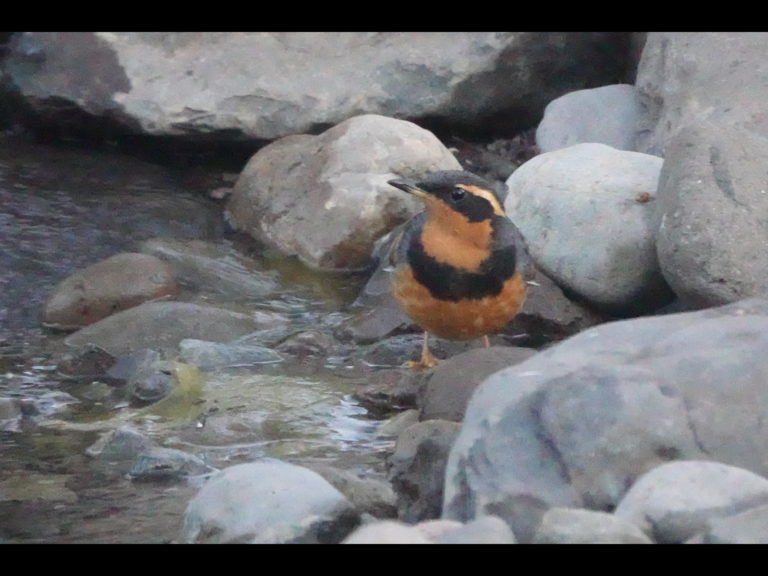
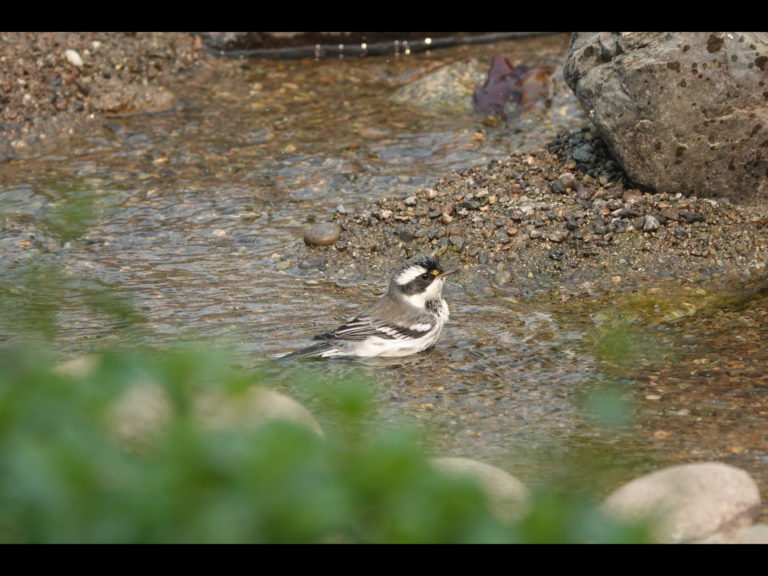
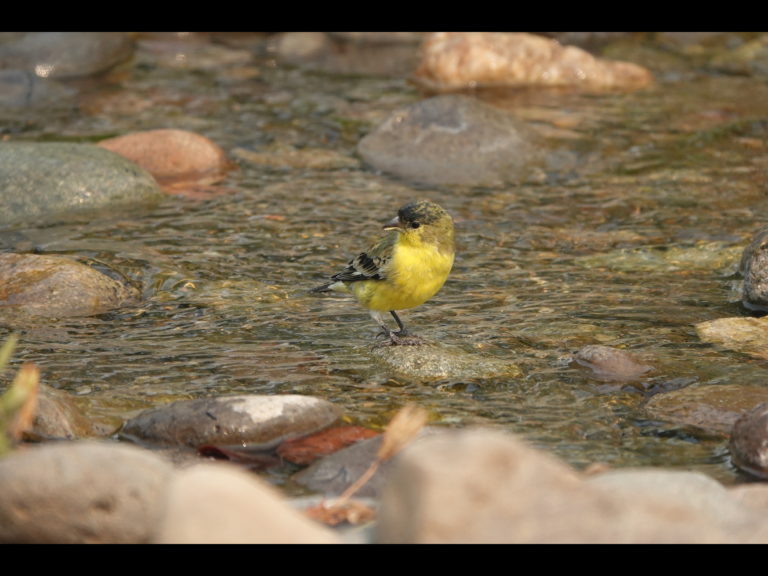
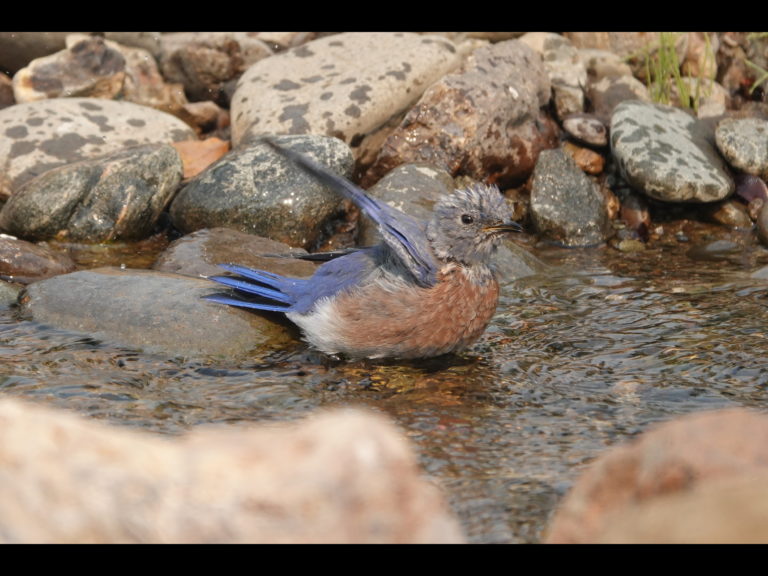

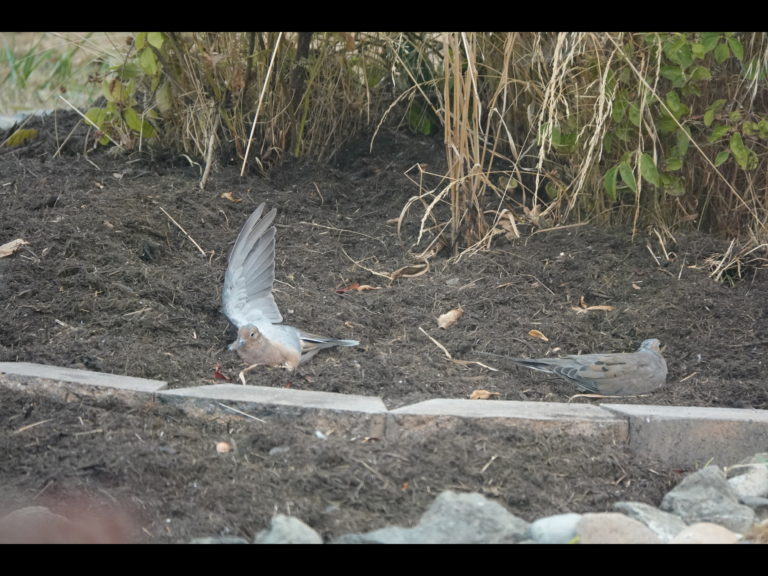
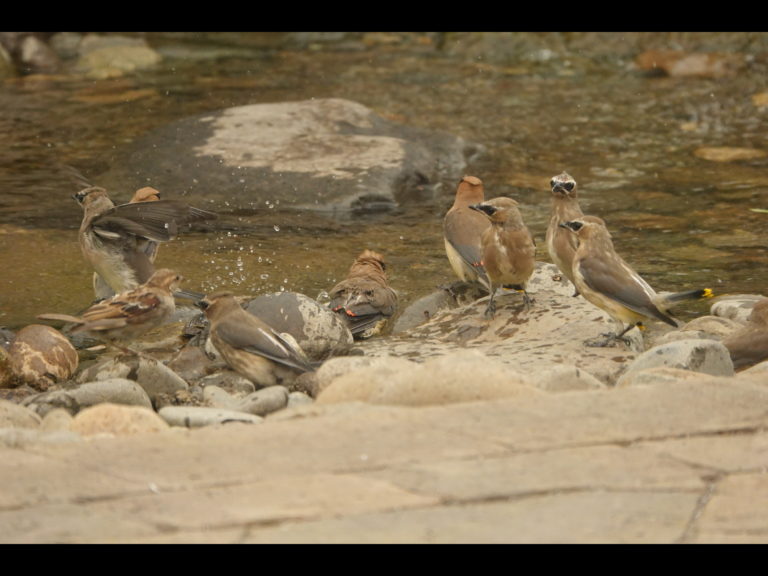
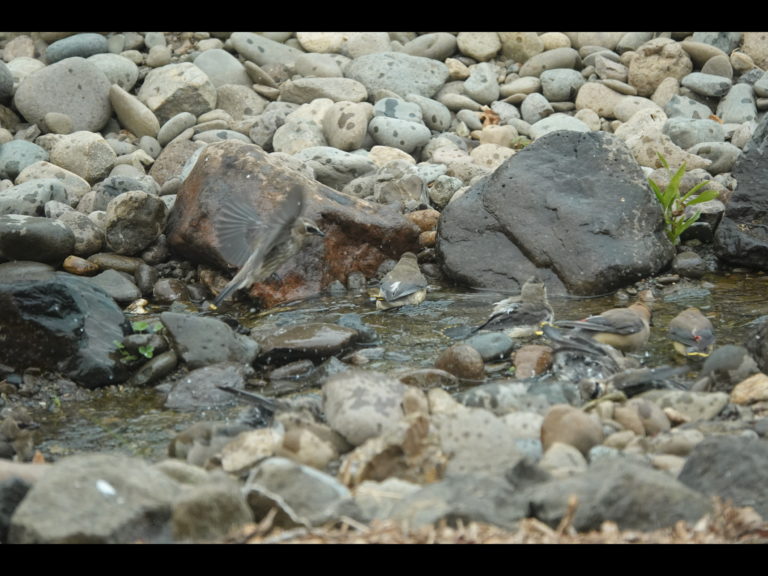
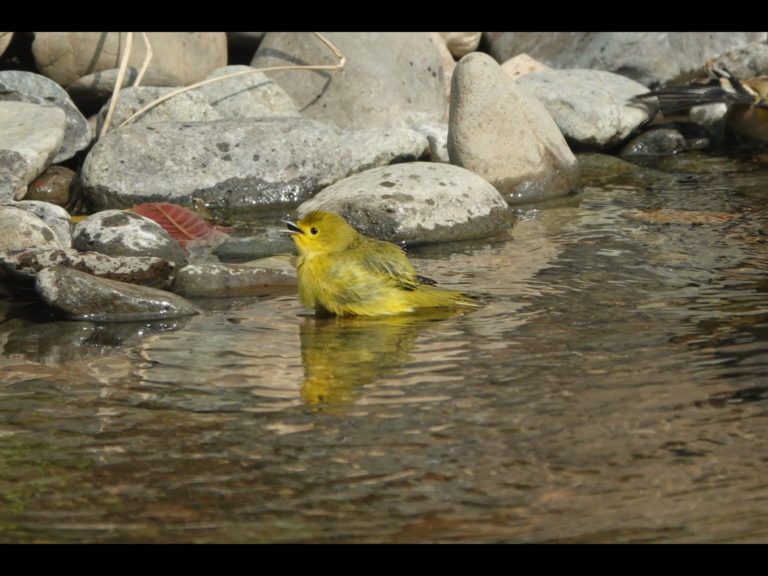
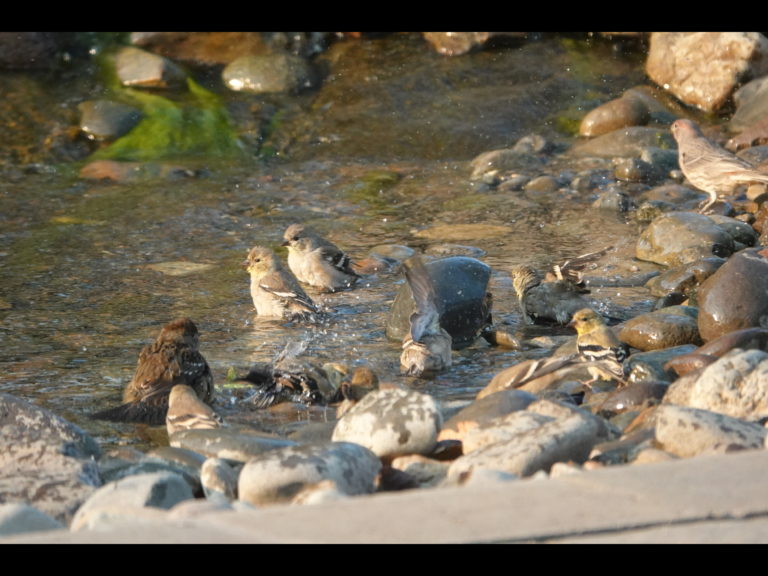
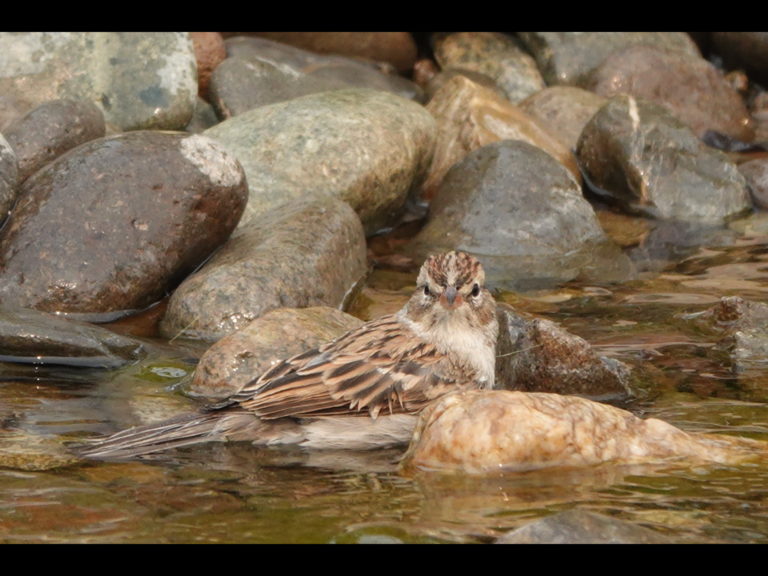
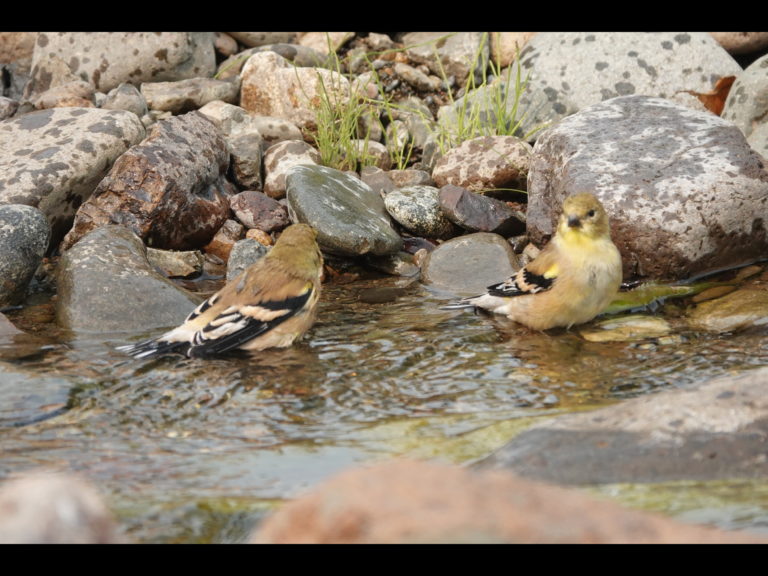
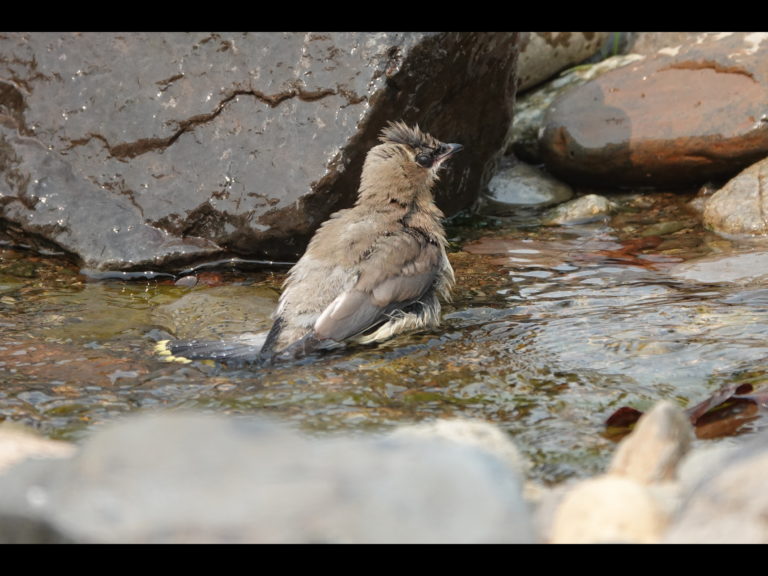
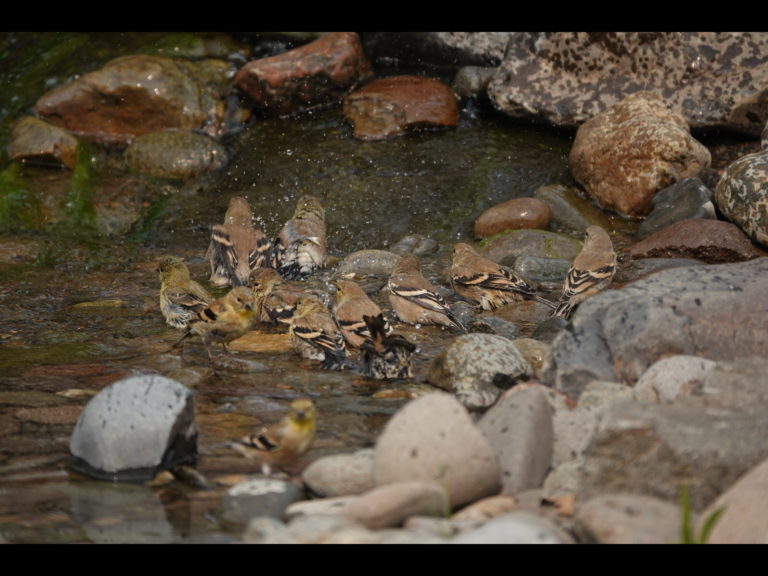
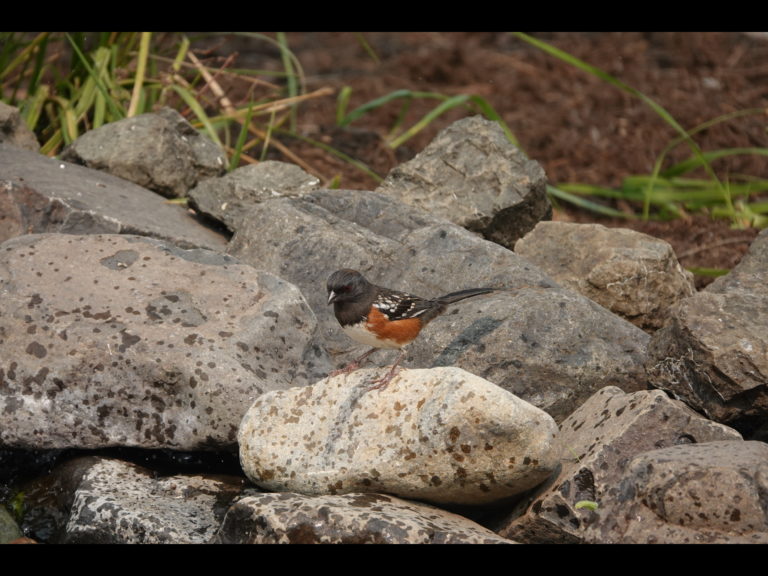


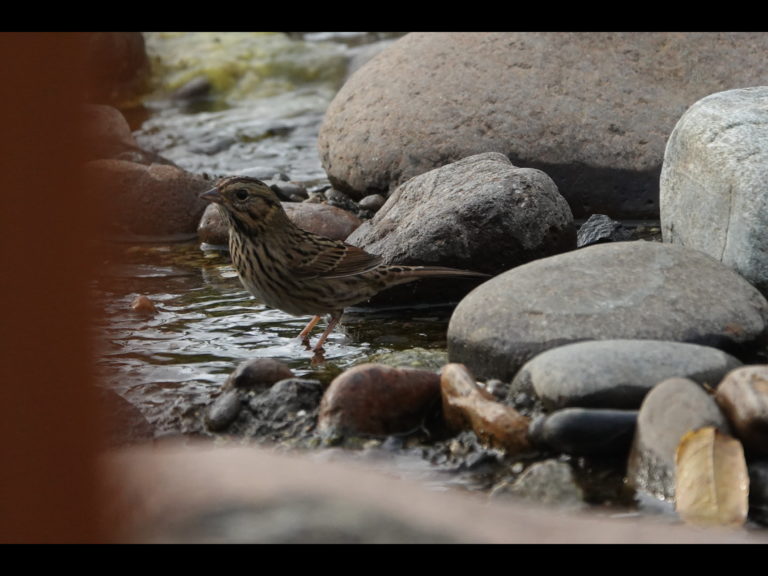
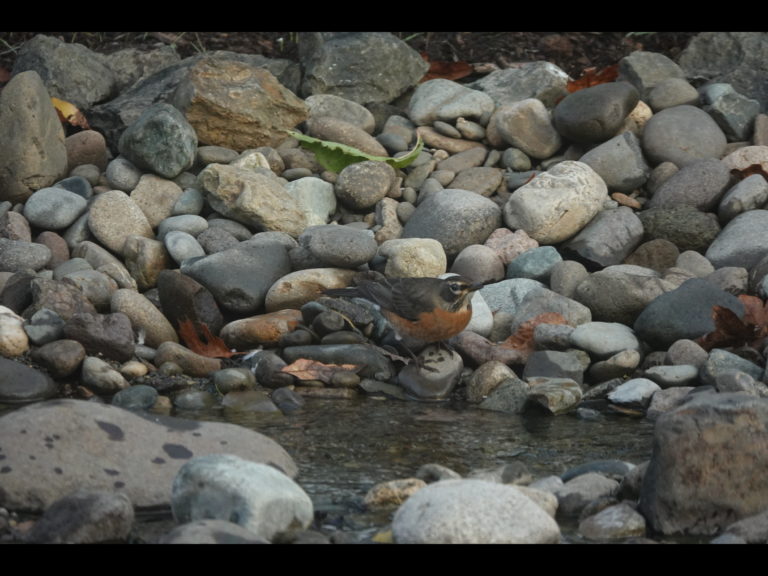
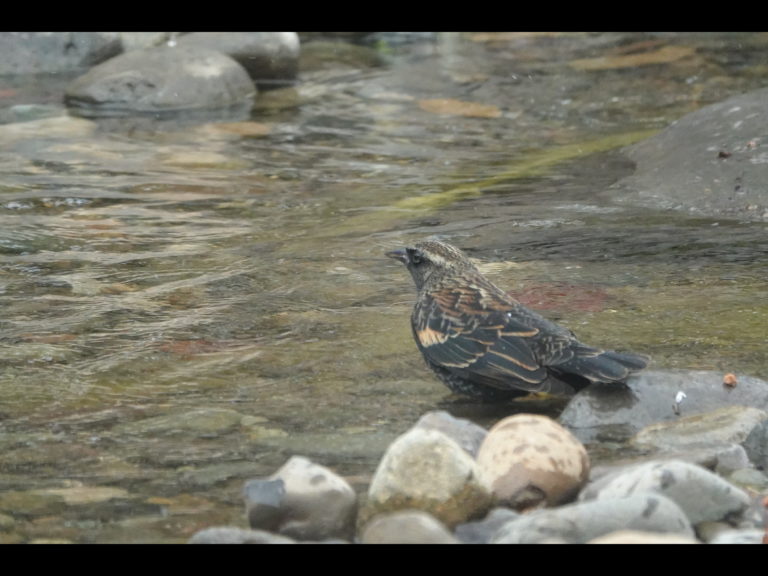
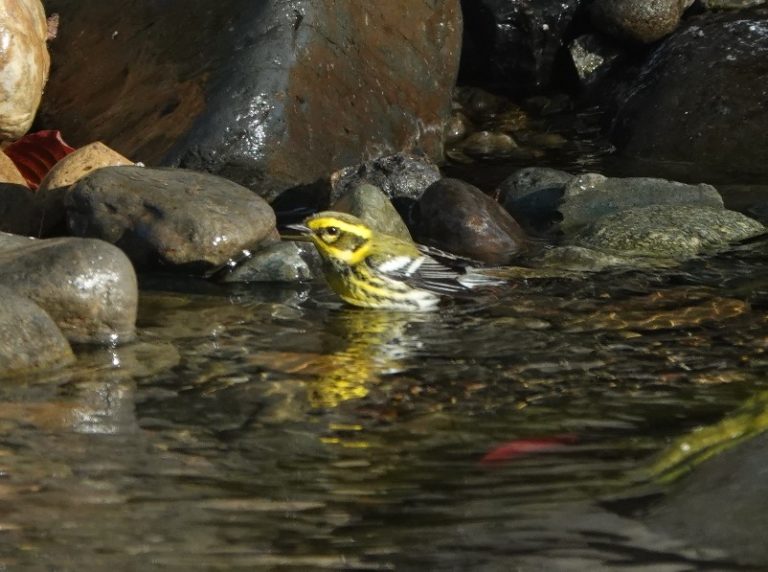
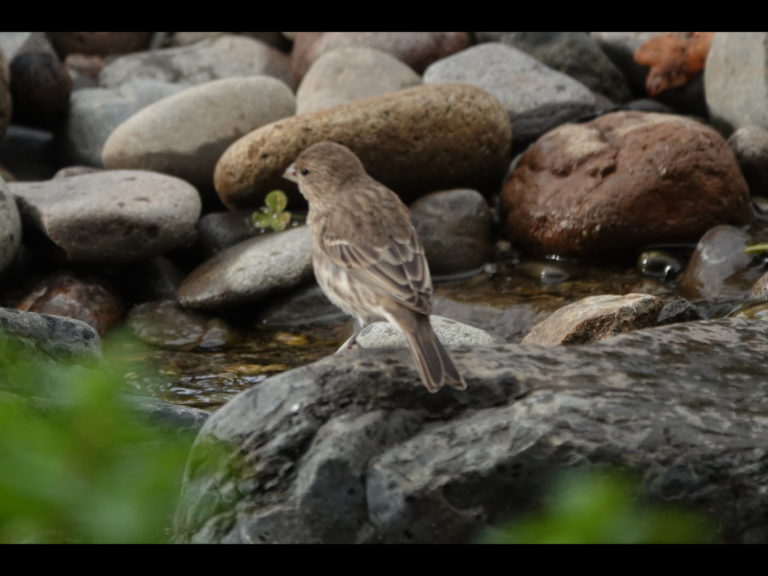
In late September I decided to put a trailcam on the arched bridge, looking downstream. As we had a huge influx of American Robins in October that were bathing daily by the dozens, I had over 8000 trailcam images to look through. Of course I’ll spare you the vast majority of those. Following are some mammals and birds captured by the trailcams in fall 2020.
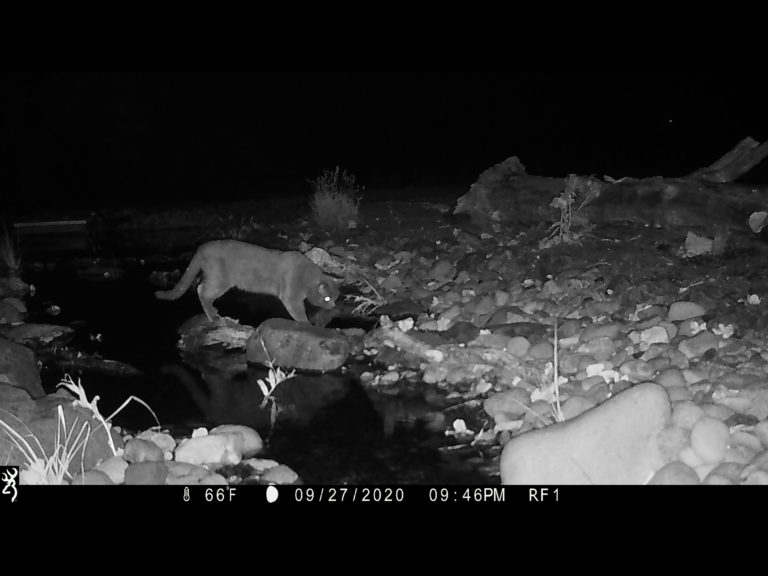

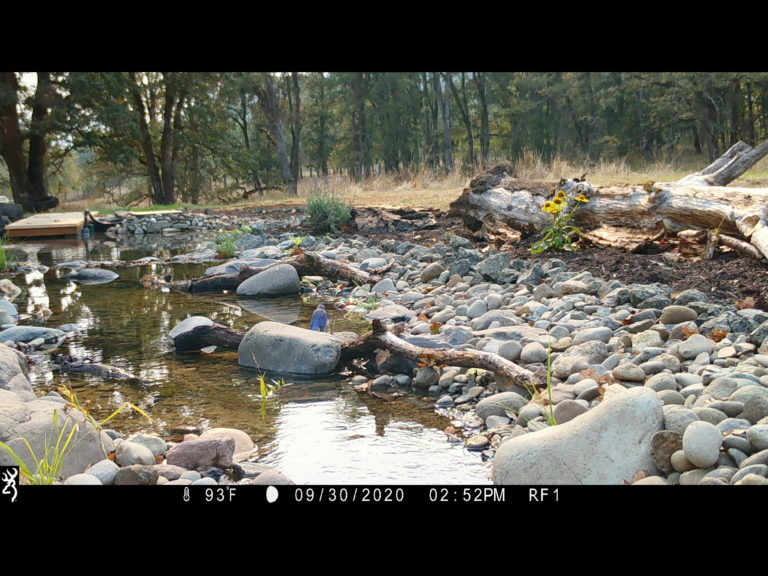
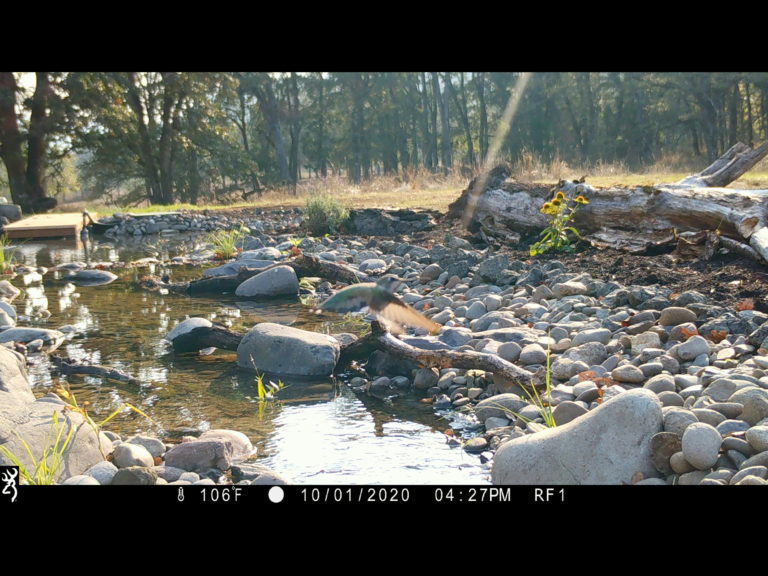
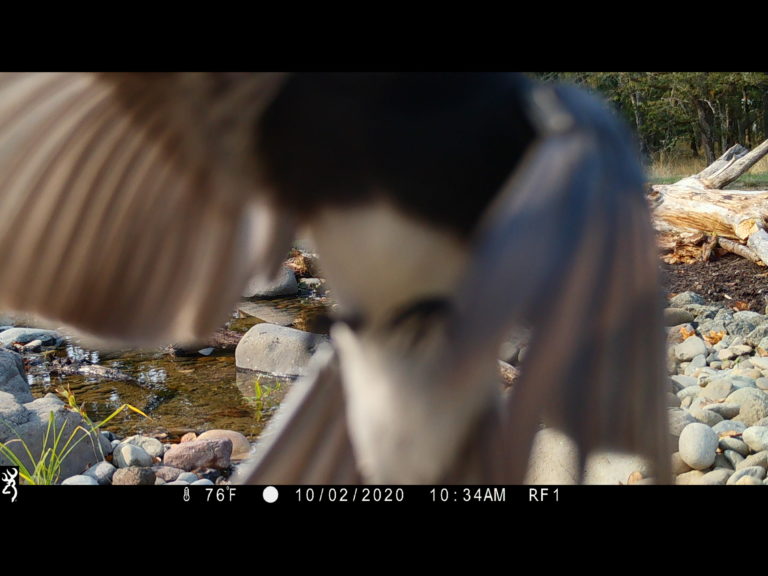

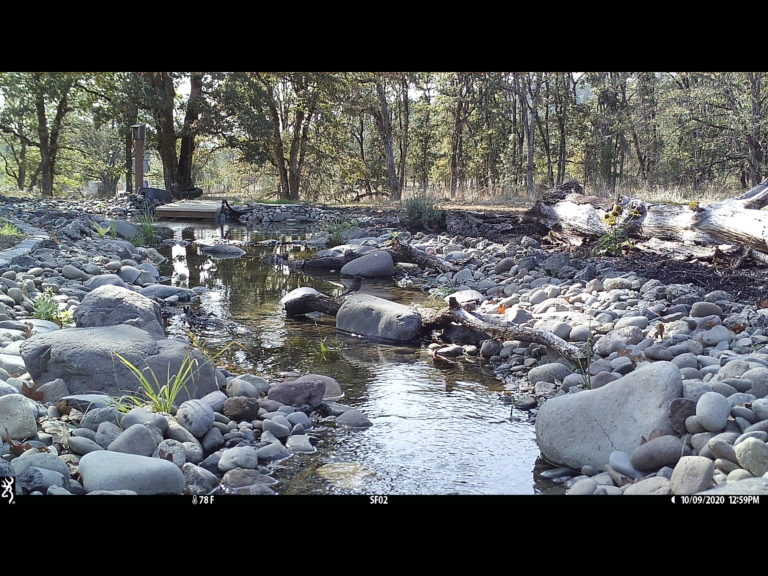
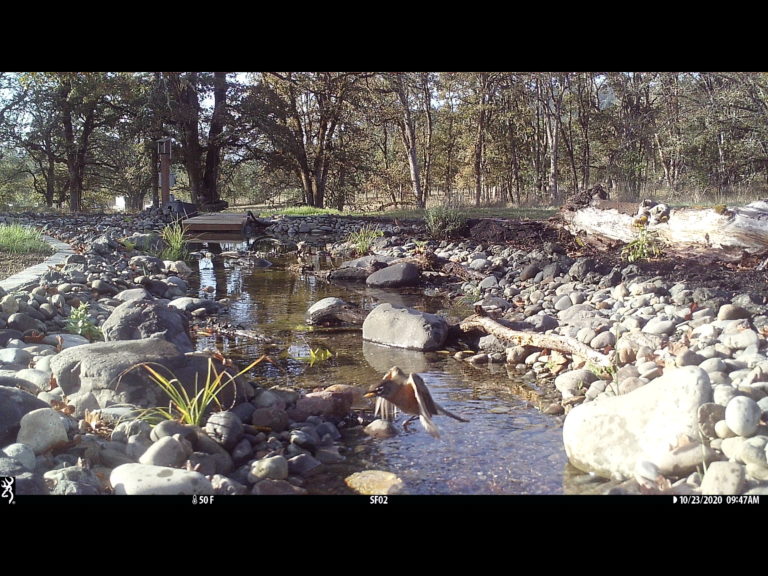
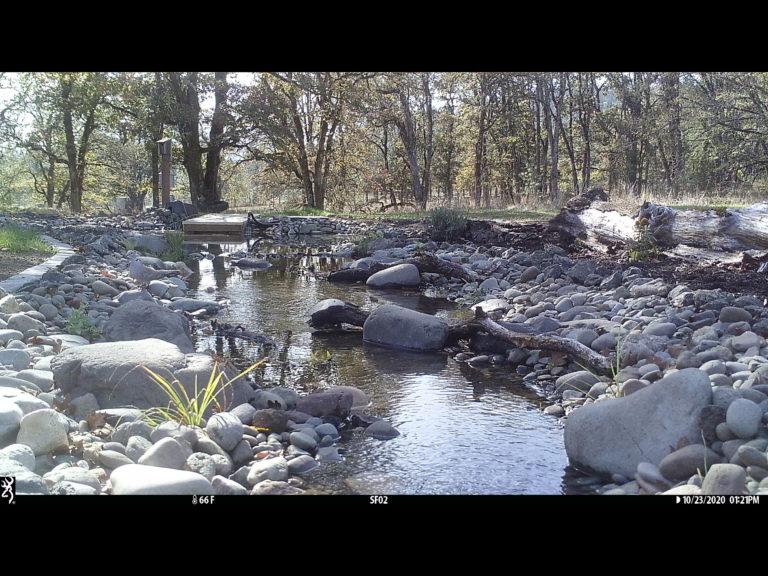

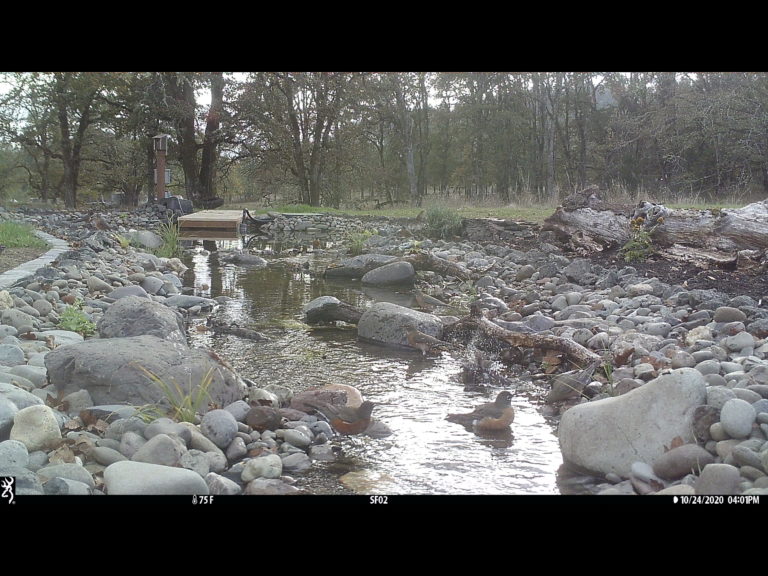
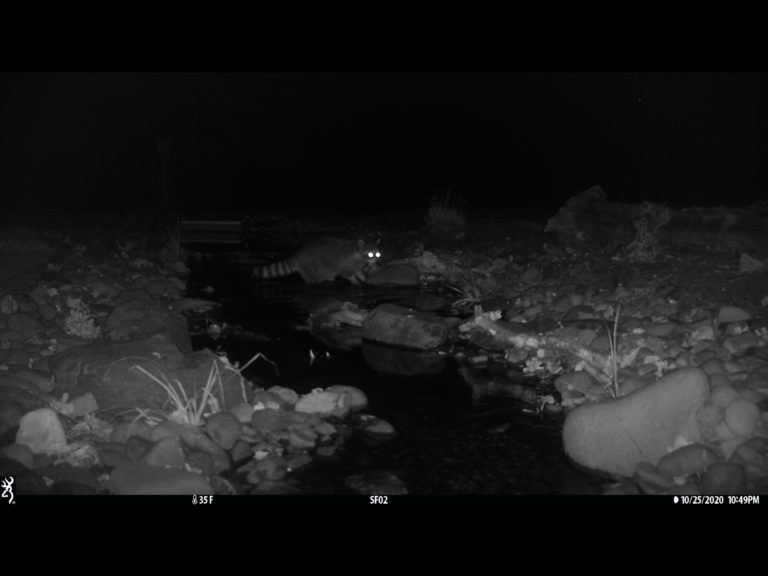
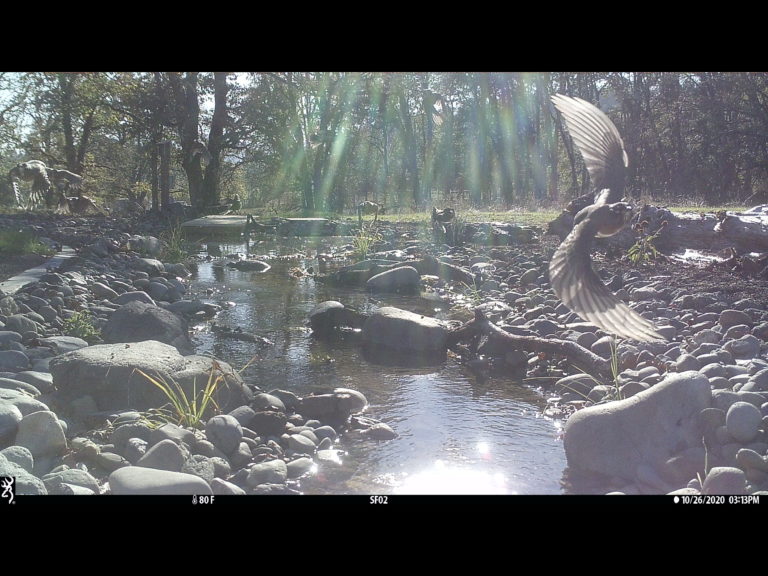
One particular trailcam sequence that I am separating out here is where a Gray Fox approaches a large House Cat that is sitting on a rock in the stream. The reaction of both is entertaining. The trailcam exposure or flash was malfunctioning, washing out much detail, but you can still see the interaction.
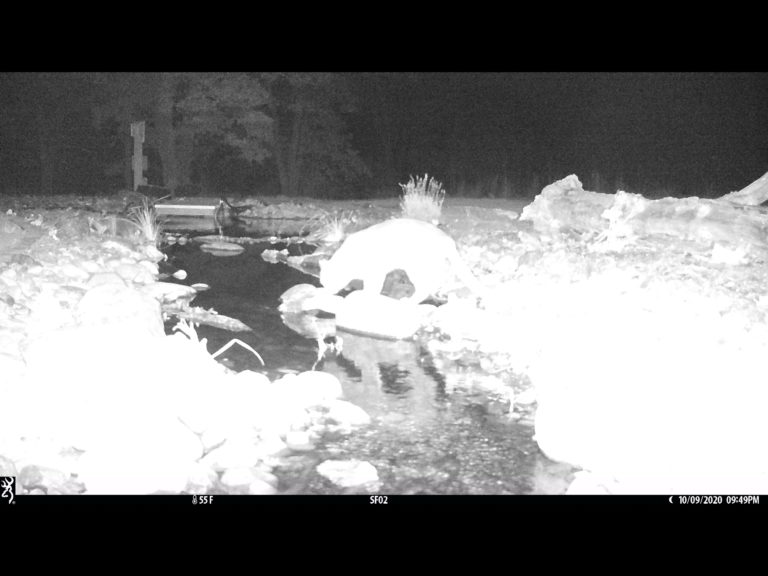
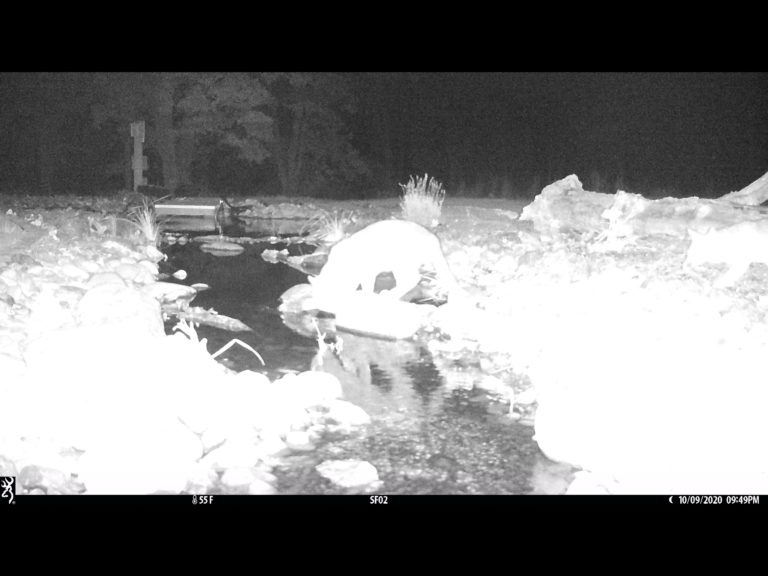
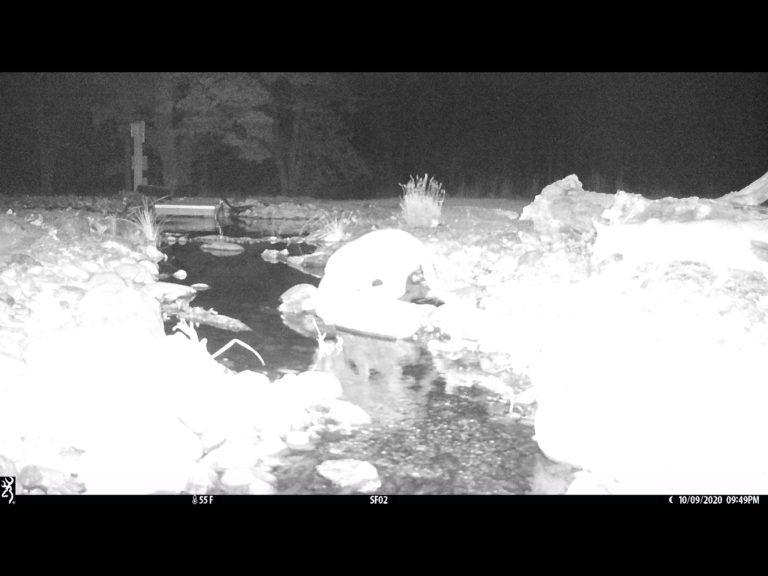
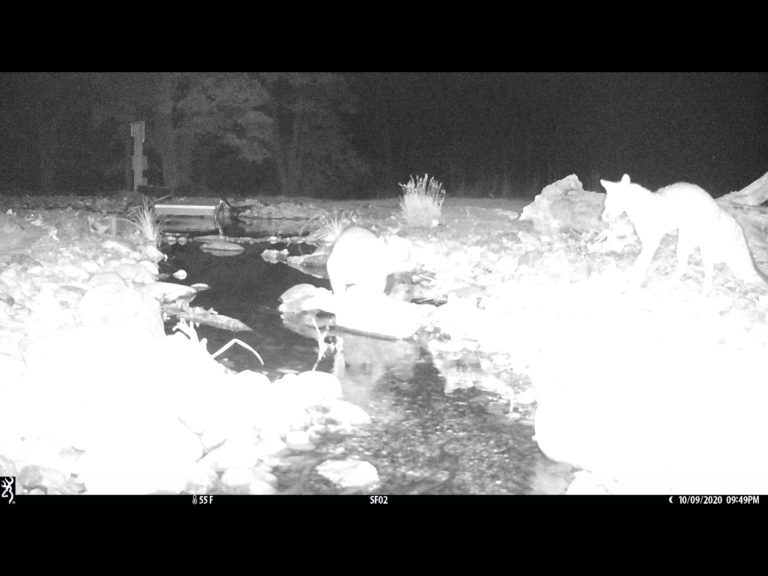
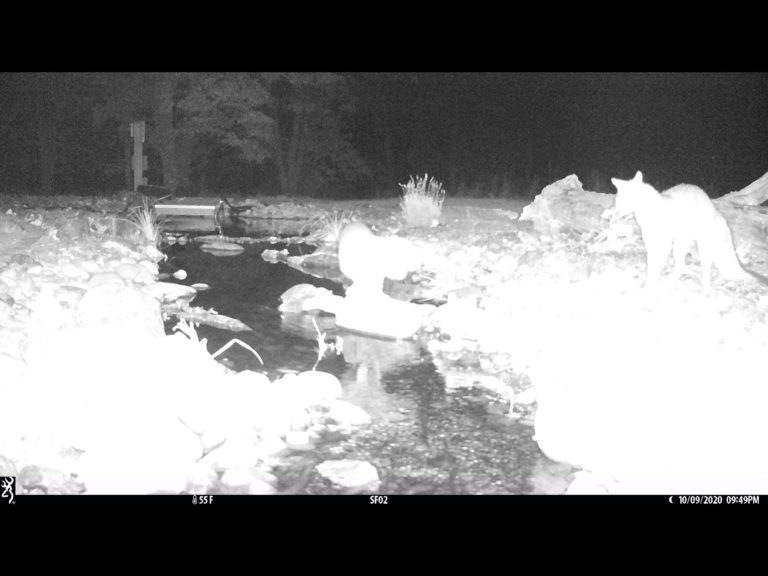
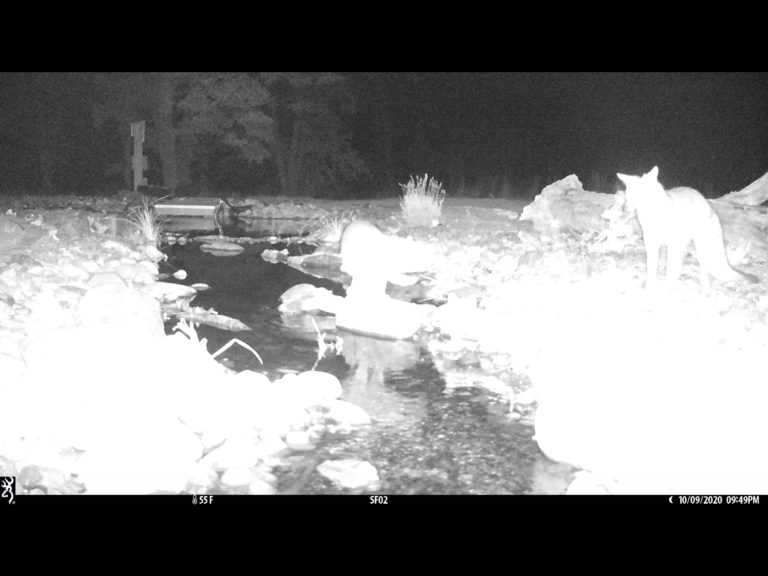
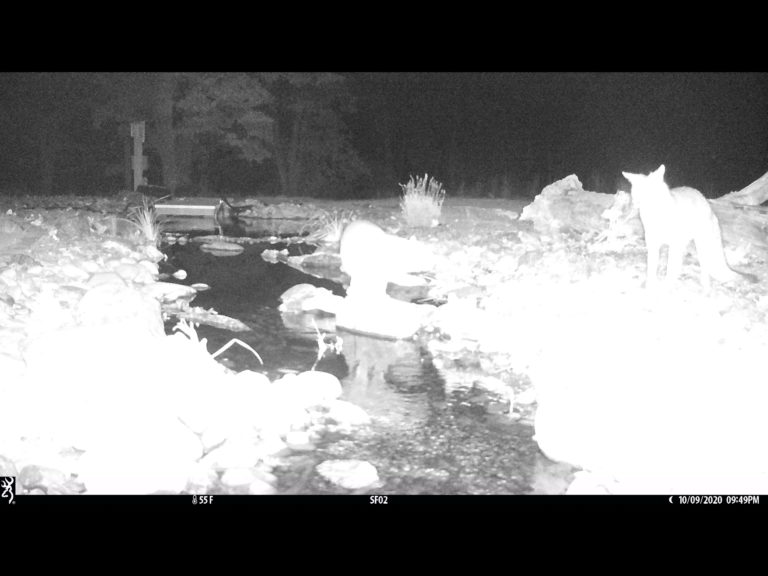
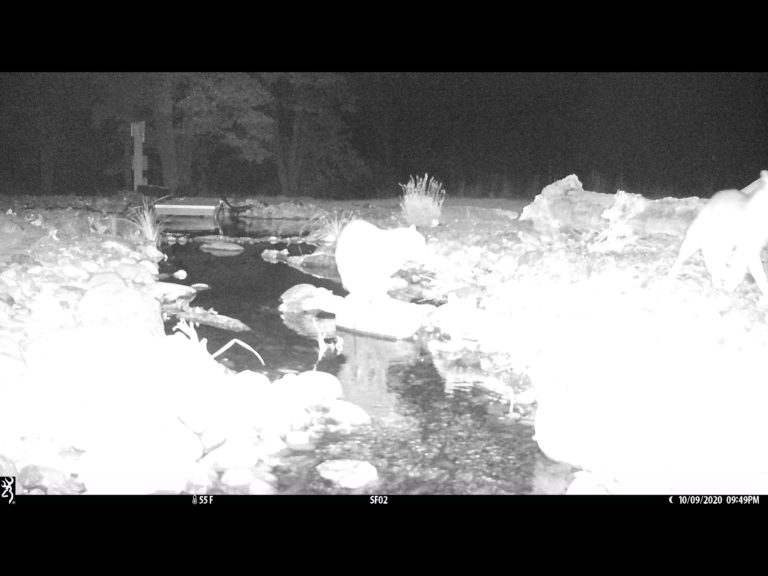
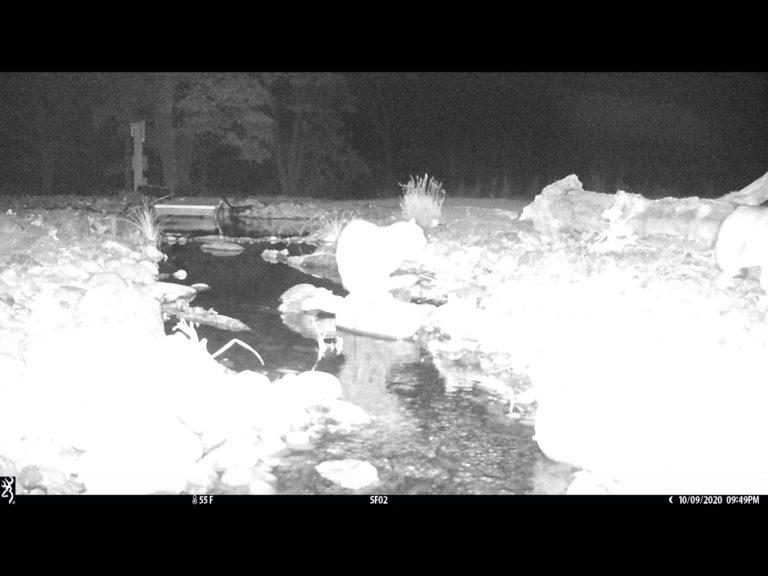

I had two surprises with regard to odonates–dragonflies and damselflies. The first was in mid- to late September when I noticed a single dragonfly nymph that would flush under water from its cobble perch when I approached the pond. After a few days I noticed a couple more. By early October I was counting about two dozen nymphs in the pond. Most dragonflies in this area that might oviposit in late summer or fall would have either the eggs or the small nymphs overwinter and they would emerge the following spring. But these nymphs seemed to be growing fast and getting close to emergence. I assumed they would be something locally common such as a Black Saddlebags (Tramea lacerata). However, my dragonfly mentor, Jim Johnson, noted that these are a type of Glider (Pantala species), the most likely being Spot-winged Glider (Pantala hymenaea). I was astonished because I had only seen a glider species in Oregon once before at Umpqua Sand and Gravel while I was getting sand, gravel, and cobble for the stream. I surmise that a female must have oviposited in the stream or pond shortly after it was completed (mid-August). I counted the nymphs every few days. Long story short, as far as I know, none of the nymphs survived to emergence. I even tried to raise three nymphs indoors where I felt that the warmer temperatures might help with survival and emergence. Unfortunately, none survived.
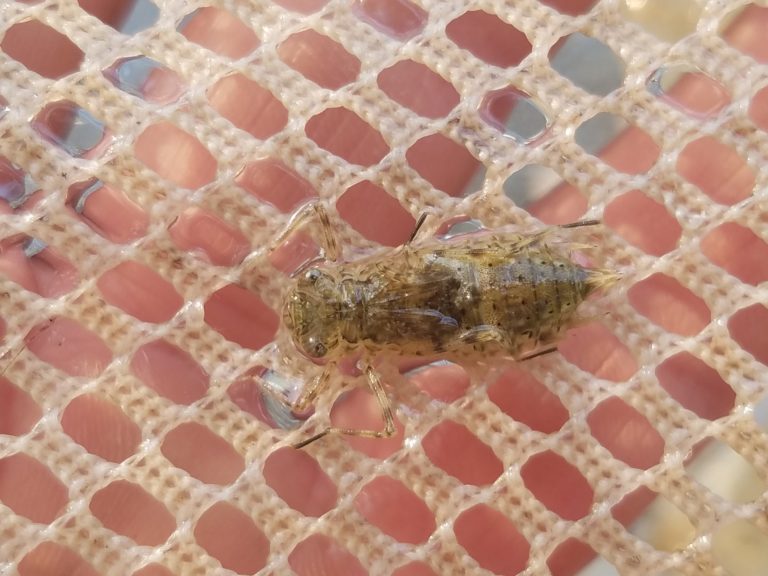
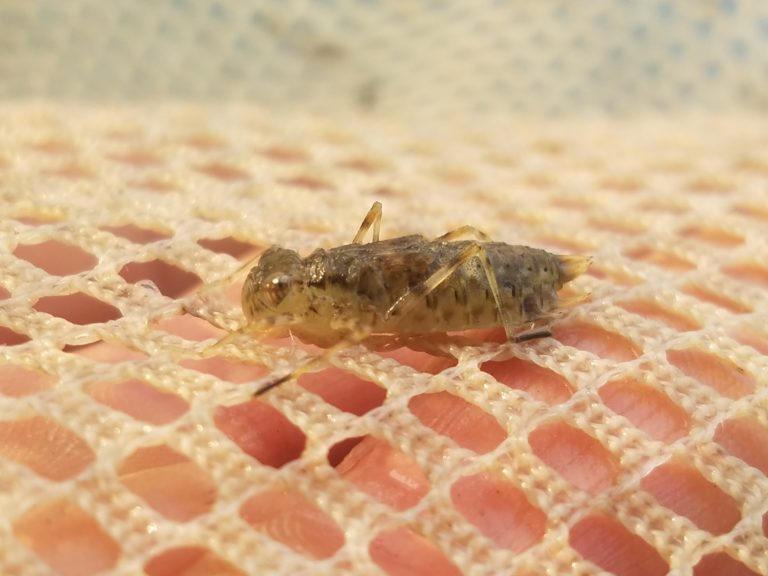
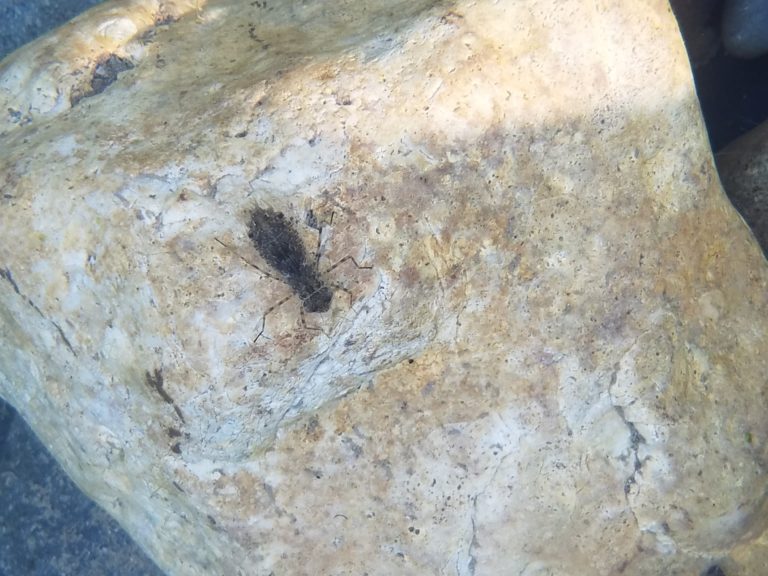
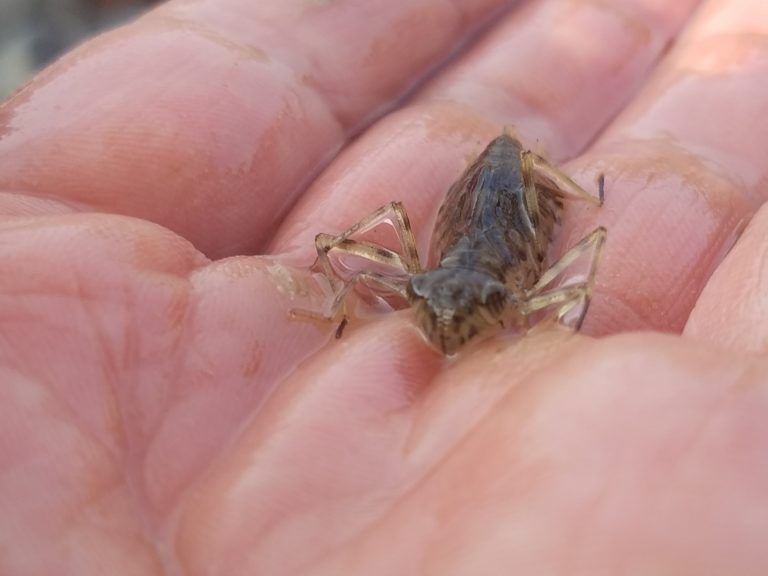
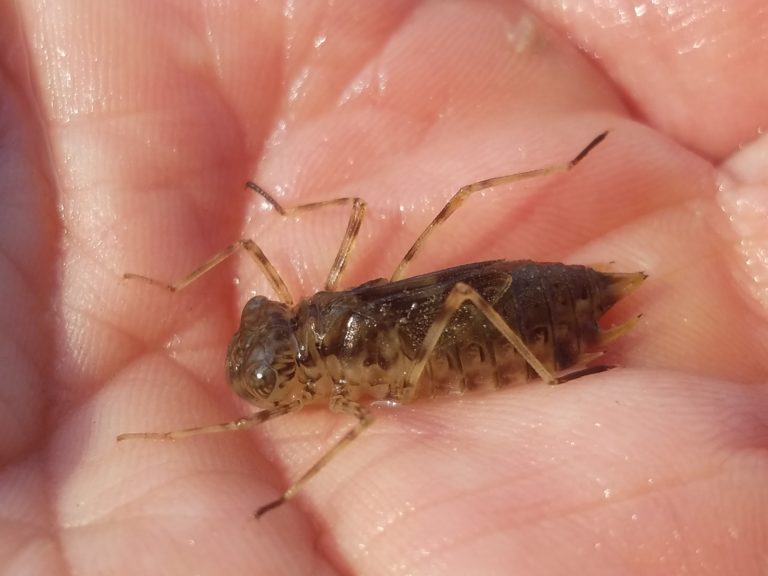

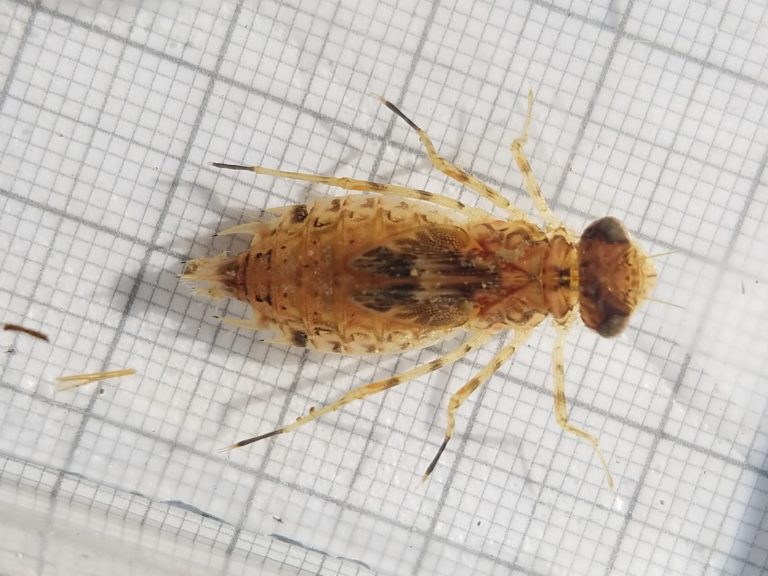
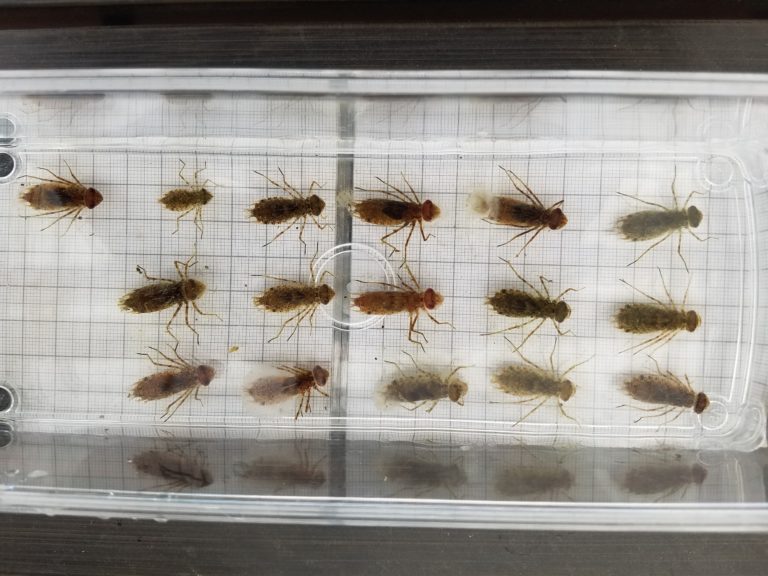
A second odonate surprise involved a species of damselfly. I have not yet observed any damselfly larvae in the stream or pond. But while inspecting the filters on October 15, 2020, I noticed about a dozen damselfly larvae on and within the matrix of the course filter substrate. They all seemed perfectly alive and healthy. After getting some close-up photos under a dissecting scope, Jim Johnson and I were able to identify them as American Rubyspots (Hetaerina americana). But again, I had not seen this species here at the stream, and the nymphs seemed pretty well-developed. We concluded that they probably came in on some aquatic vegetation that I transplanted from the South Umpqua River.
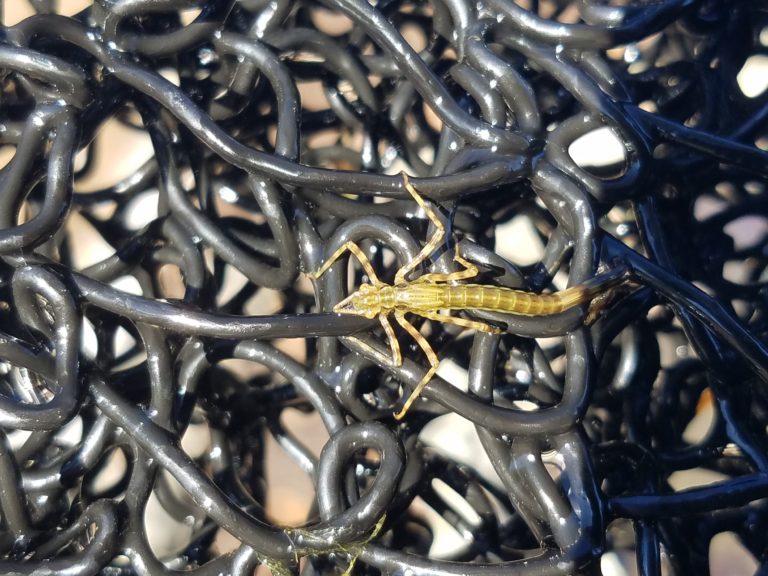
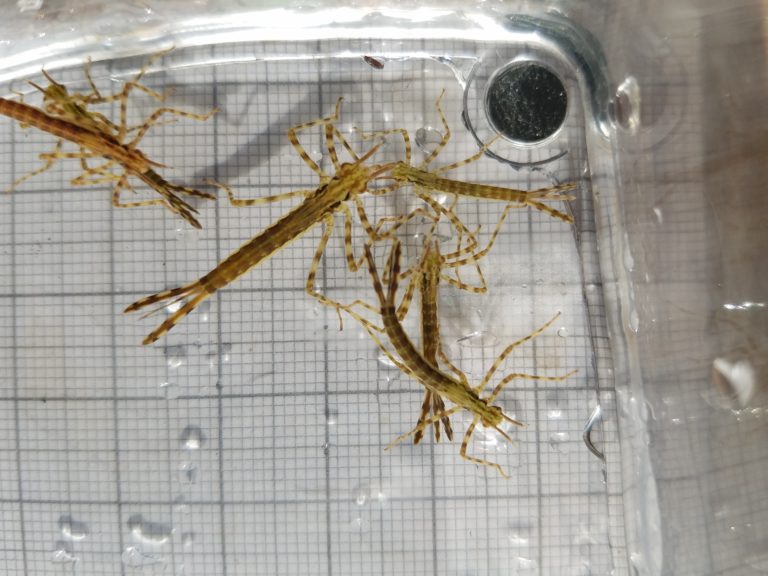
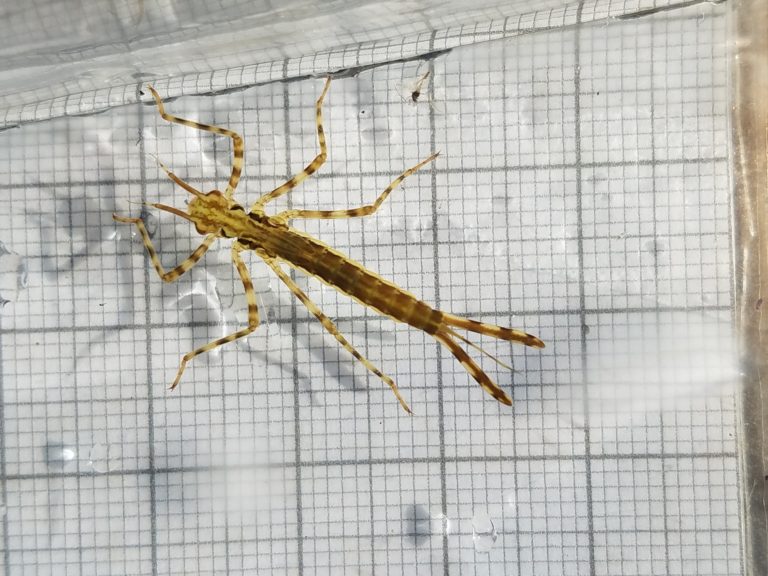
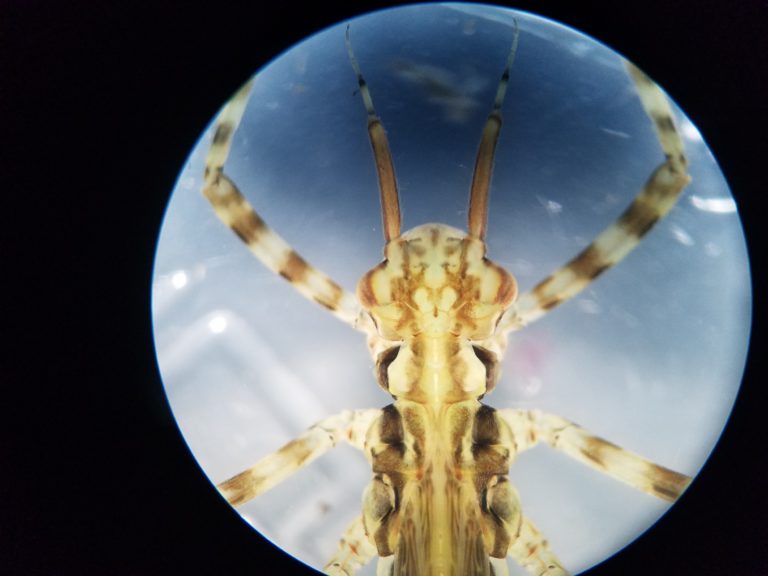
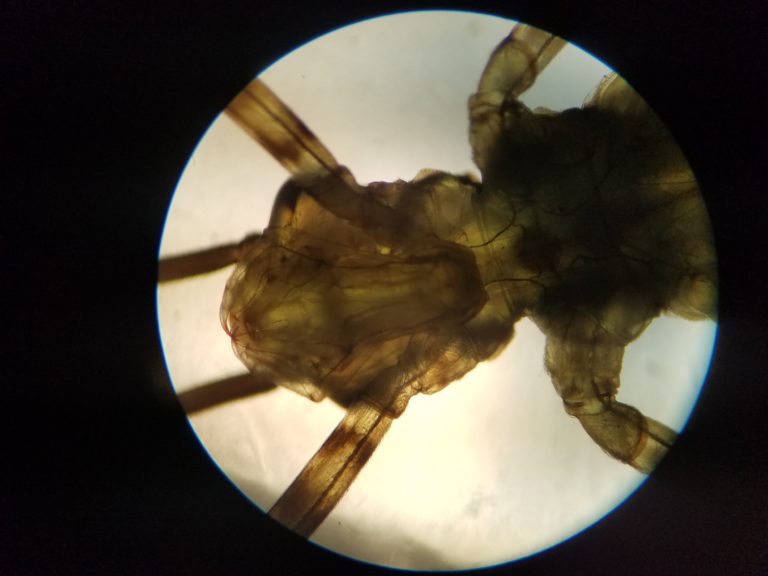
Finally, here are some photos of a variety of other taxa that I’ve observed in or near the stream and/or pond.
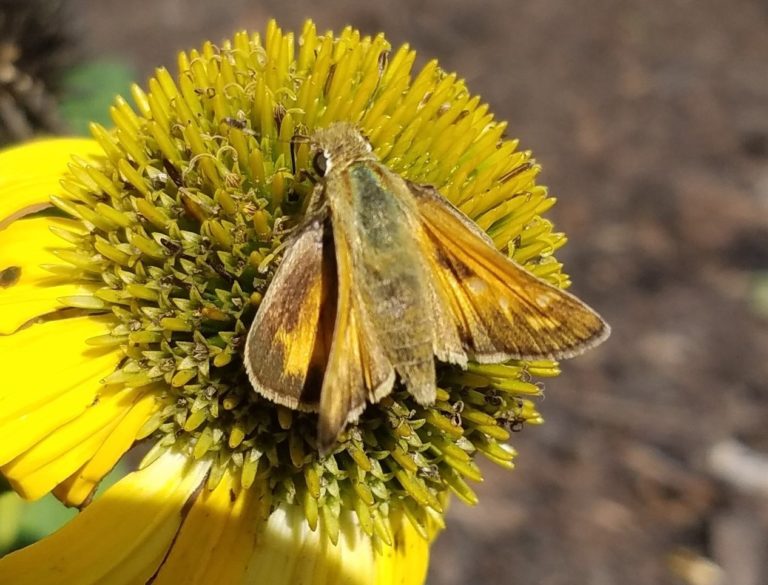
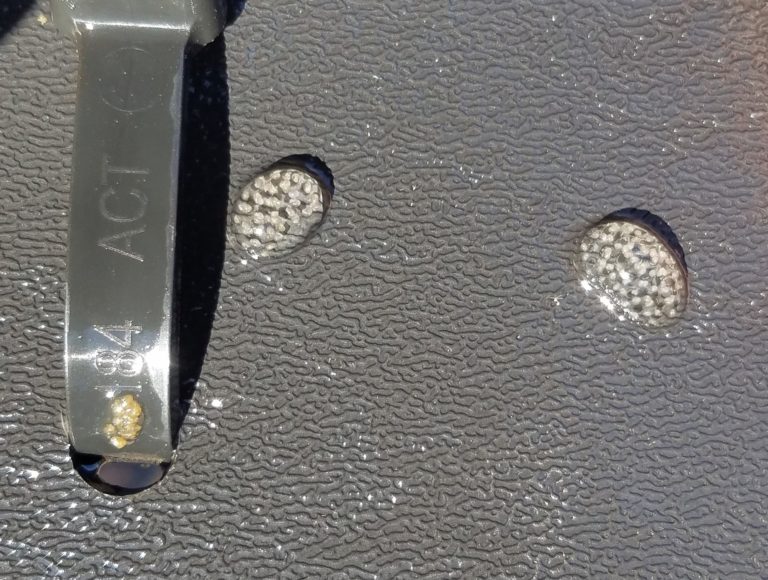
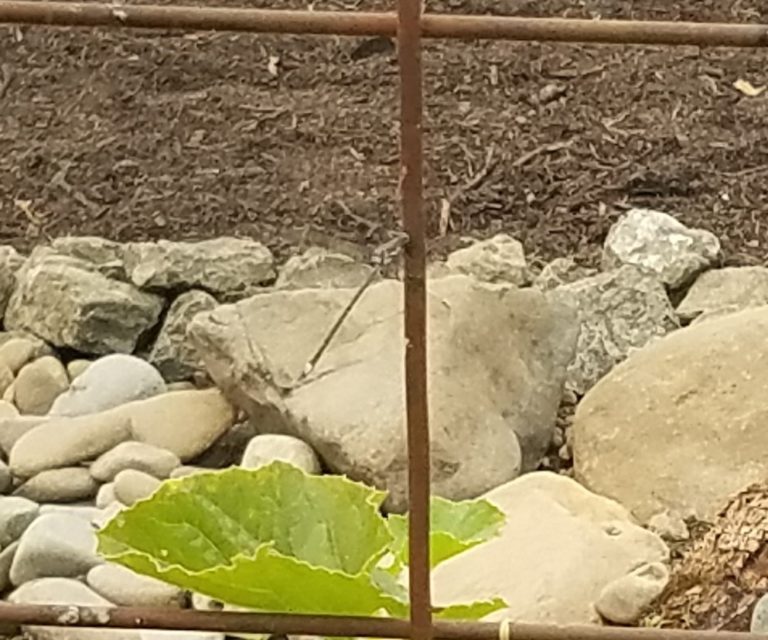


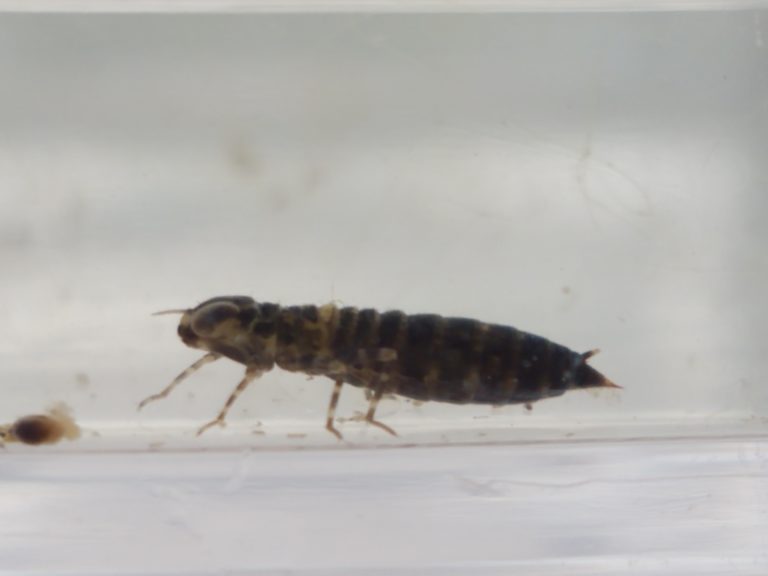


Well, that’s it for 2020. I was pretty amazed at the diversity of life that colonized the stream and pond so quickly and utilized it for these last five months of 2020. With all the aquatic plants, streamside plants, and flower bed plants I’ve started, in addition to the diverse aquatic and streamside habitat, this should be an exciting spring and summer to see what visits in 2021. Stay tuned!
For construction details of this stream system, see my post “A 120-ft Artificial Stream in Southwest Oregon: Design and Construction.”
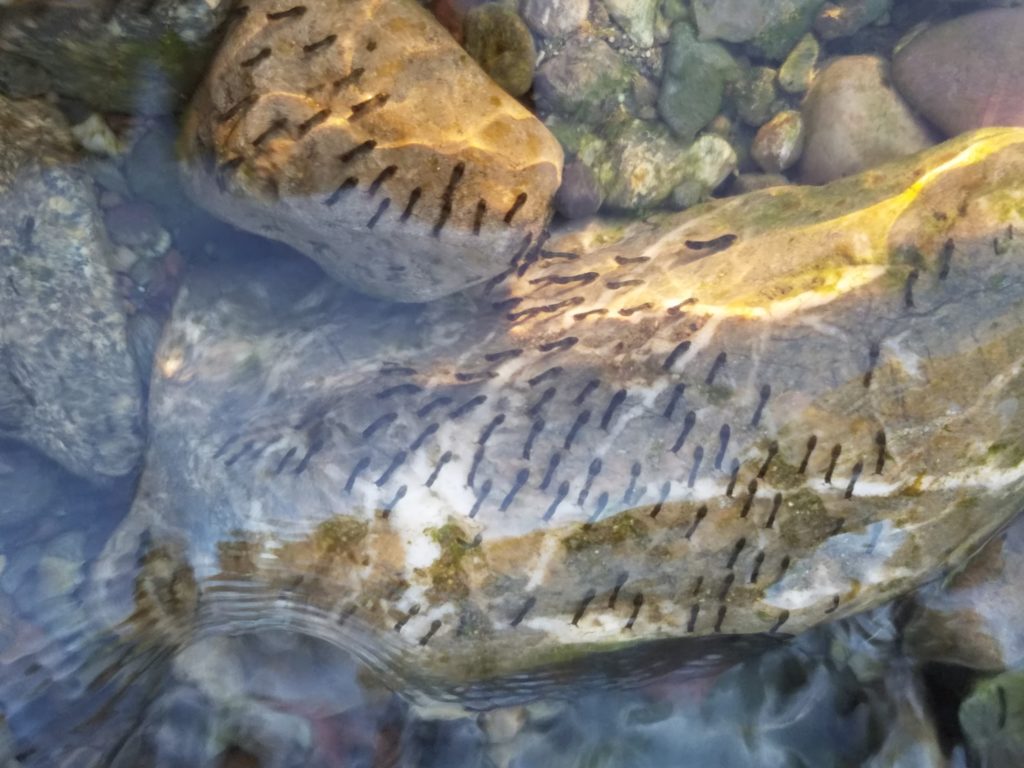
This Post Has 6 Comments
Fascinating how quickly this wide variety of new guests arrived to your stream. I imagine the tinkling sound of water and the extra moisture in the air is what did it? What a great effort and gift to your micro-ecosystem. Well done!
Wow, What a variety of life has come by to inspect your stream and also found it to their liking. Photos and videos are great. Thanks for sharing.
Claudia
Impressive. Looks like a fun.project. will try to find s time to come out and look. I’ll call to see what times would work for you.
Fascinating! The photos are great, esp the Cedar Waxwings.
What a cool project with outstanding results! Perfect Pandemic home project!
Had a grey fox show up on our 2nd story hillside deck early this year late one night and was astonished at how light in its feet it was! My small indoor cat wanted to go challenge it, but she could have easily been dinner, so she remained inside.
Great job, Thanks for sharing!